The Broselow-Luten System
Pediatric EM Morsels
OCTOBER 27, 2023
Broselow-Luten System: Supportive Data Physician estimates of weight can underdose children by 49% or overdose by up to 116%. Rosenburg 2010] B-L system is designed for 12yo and younger, patients up to 80 lbs, height 46-143 cm [Meguerdichian 2012] Estimates the 50%ile weight for height (Length vs Ideal Body Weight). x exp[0.02



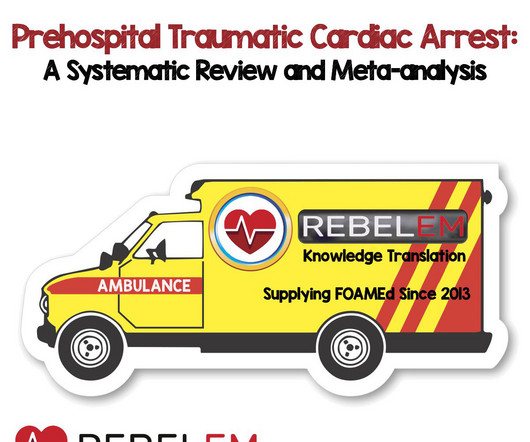
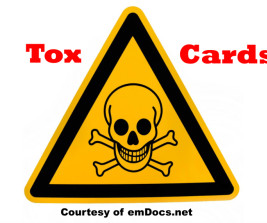
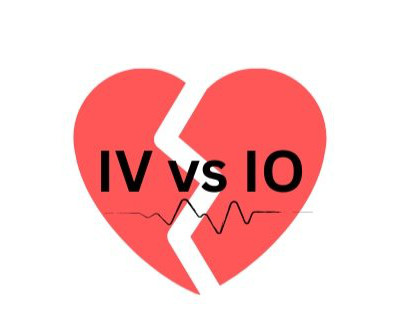



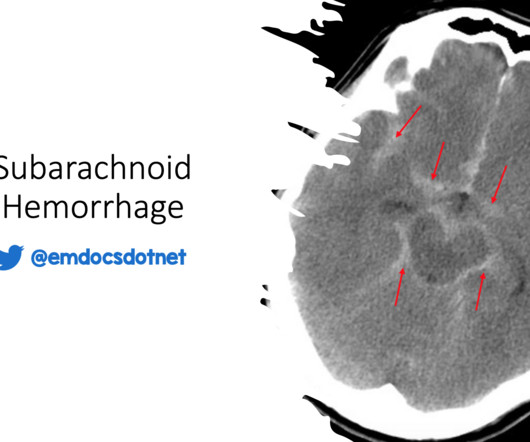
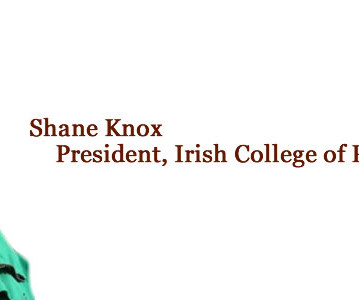






Let's personalize your content